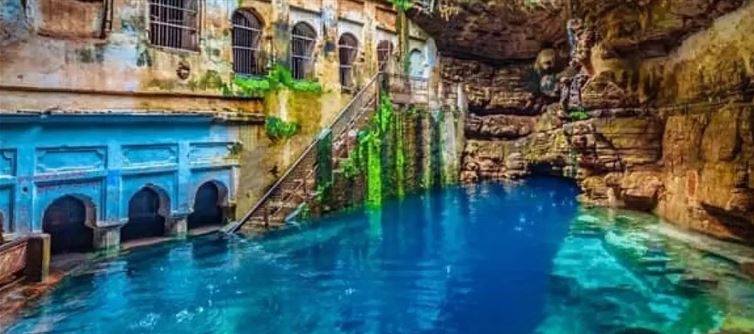
Regal heritage and Dynastic Influence
Heritage of the Royal Family
Bheemkund was ruled by several dynasties and emperors over the years. Scholars speculate that the term "Bheemkund" might be associated with mythical heroes whose heroic stories continue to be told in regional mythology. The Chhatarpur monarchs constructed numerous monuments that still stand as a testament to their cultural, artistic, and architectural legacies.
Medieval Legends and Traditions
Historical Accounts
Bheemkund became an important political and military center during the Middle Ages. Here, legends of Rajput valor, Mughal invasions, and religious upheavals are ingrained in the ground. Numerous tales of bravery and sacrifice are told in local culture, while temples and monuments serve as reminders of the past.
Geographic Importance
The Natural Environment
The varied natural landscape that envelops Bheemkund includes towering hills, expansive valleys, undulating rivers, and verdant woods. Seasonal variations in the region's climate sustain a vast biodiversity of plants and animals.
Unresolved Mystery
Researchers have not been able to locate its floor despite the use of sophisticated diving equipment and technologies.
International interest: Despite sending a camera 200 meters below, foreign experts were unable to measure the enigmatic depths.
Warning signs: According to locals, Bheemkund's water level abruptly increases before significant national catastrophes.
Medical beliefs: Serious skin conditions are said to be cured by the water.
Mythical thirst-quenching: Even the driest traveler's thirst is supposedly satisfied by three drops of this water.
Science and Myth Come Together
Two Different Interpretations
Bheemkund is situated where science and legend converge. It is still regarded as a sacred location with roots in Mahabharata mythology, and geologists and scholars are fascinated by its enigmatic depth.
Puranic Importance and the Relation to the Mahabharata
Origin of god
Bhima, one of the Pandavas, is said to have created Bheemkund when, during their exile, he beat the earth with his mace to fetch water for his mother, who was parched. As a result, the kund became a wellspring of celestial water that embodied both spiritual purity and magical power.




 click and follow Indiaherald WhatsApp channel
click and follow Indiaherald WhatsApp channel